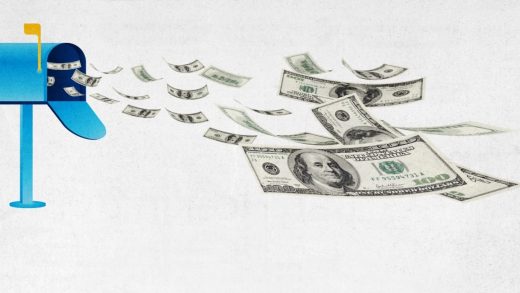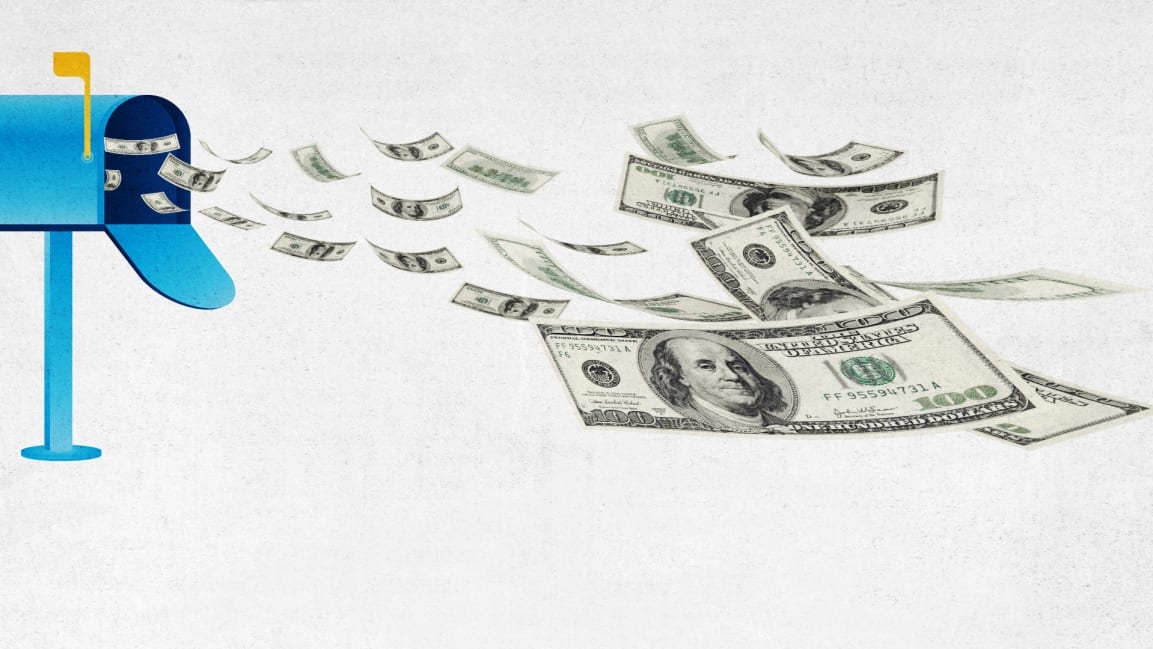Unemployment tax refund: IRS promises an update as taxpayers are left confused by timeline
You’d be forgiven for being a little confused.
For the last two weeks, countless taxpayers have been eagerly checking their bank accounts to see if they have received an additional refund from the Internal Revenue Service (IRS) related to unemployment compensation, and many are starting to wonder if they should even bother holding out hope.
The IRS said earlier this week that distribution of the payments has begun, but it has not said how many taxpayers have received them, and it has offered few updates for what appears to be a wandering timeline. In the meantime, entire Facebook groups and Twitter threads have been dedicated to the issue, with taxpayers asking each other to confirm whether or not someone—anyone—has received a payment. Some have joked that they’re convinced the refunds were just a hoax.
An IRS spokesperson told Fast Company that it expects to have more information next week with regard to how many payments have been delivered. The spokesperson also said the agency is working on a news release to update taxpayers on its progress. (We’ll update this post with that information when it becomes available.)
The refunds are due to changes in the law as a result of the American Rescue Plan Act, which excluded up to $10,200 of unemployment compensation for 2020. Because the law wasn’t signed until March 11, some taxpayers who filed early have now overpaid. The IRS is correcting those returns and said it will notify taxpayers accordingly and issue refunds automatically.
Part of the problem is that there is no way to track the status of these refunds. Rather, people have to wait until the payments are reflected in their online tax accounts, which only happens after the fact.
But communication lapses from the IRS are also a factor. The agency said back on March 31 that it expected the first payments to be made in May, but it hasn’t said much beyond that—except to say that it is reviewing some 10 million tax returns to determine if they need to be corrected. It hasn’t estimated how many out of those 10 million could be due a refund. Now, with May nearly over, potentially eligible taxpayers who could really use the extra money are understandably wondering what’s going on. To add insult to injury, the IRS Twitter account keeps linking to the same news release in its updates on the topic, which is now nearly two weeks old.
The Taxpayer Advocate Service, an independent office within the IRS that looks out for taxpayer interests, has identified poor communication as one of the major issues plaguing the underfunded agency. The office did not respond to a request for comment.
(70)



